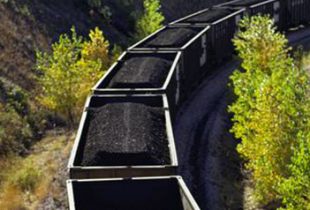Coal
ESSENTIAL QUESTION: Why is it important for us to save energy and study alternative energy sources?
Energy Efficiency
The cheapest and cleanest energy is that which is never generated and used. A 2007 study conducted by Central Electric Power Cooperative, the wholesale power aggregator for South Carolina’s electric cooperatives, showed that hundreds of megawatts of generation can be avoided through improved efficiency. Avoiding use means that less generation of any kind must be constructed and operated.
Here are some ideas for helping your students use energy efficiently:
Other Ideas:
Make energy efficiency behavior charts where the children can put a check mark every time they do something to save energy. For instance, put a line on the chart for a family bike ride instead of a car ride, or remembering to turn off a light switch when leaving a room. Other ideas include asking parents to turn down the thermostat a few degrees and taking short showers instead of baths.
Create energy-saving posters to post at home or at school illustrating ways people can save energy in their homes or at school, such as turning out the lights or using energy-efficient light bulbs.
Need more help?

QUESTIONS TO CONSIDER

OUR THINKING...
In South Carolina more than 80% of co-op electricity is generated by coal plants. Controversy surrounds the use of coal because of EPA regulations and environmental concerns. Students in South Carolina need to understand the pros and cons of using coal.
STATE STANDARDS AND INDICATORS
3-ESS2-1. Represent data in tables and graphical displays of typical weather conditions during a particular season to identify patterns and make predictions. Clarification Statement: Examples could include making predictions about weather conditions based on average temperature, precipitation, and wind direction.